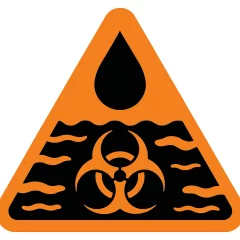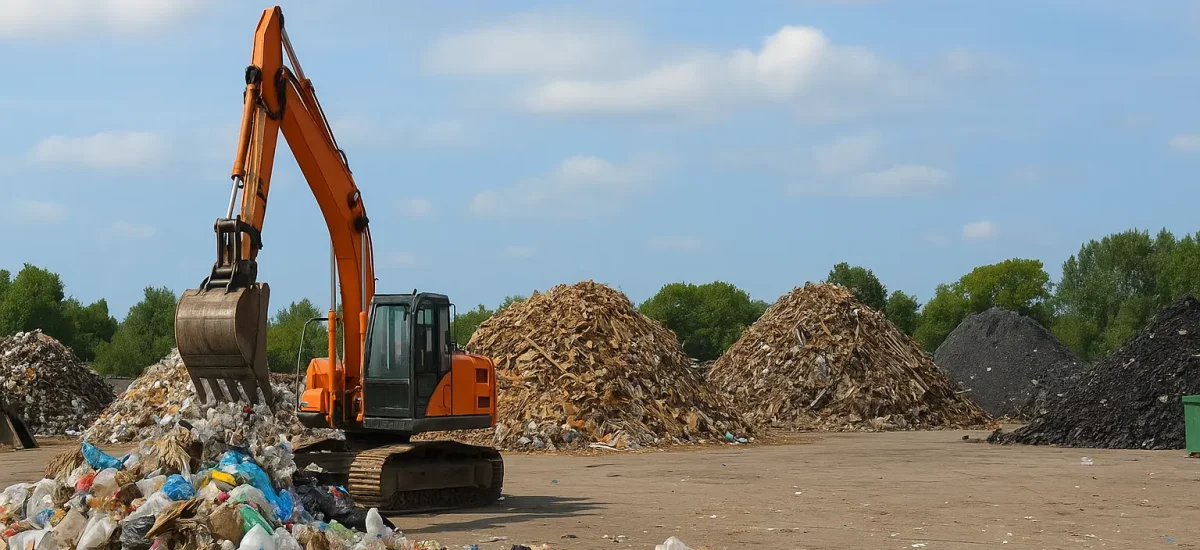I’m Kayla. I grew up in the hills. My dad worked the mines. I love our creeks. I trust muddy boots more than fancy talk. So when folks ask what a coal slurry disaster feels like, I can tell you straight. I’ve stood in that mess. I’ve smelled it. I’ve scrubbed it off my skin.
Folks sometimes ask if other people have written about the same kind of nightmare. They have, and their words echo mine—like this first-hand review of a coal slurry spill that still makes my hands shake when I read it.
And yes, I’m “reviewing” it. Weird, I know. But that’s how I make sense of things—what worked, what failed, and what I’d do different if it ever hit again.
The Day the Water Turned Black
October 2000. Martin County, Kentucky. A slurry pond broke through old mine works. For those who need the big-picture facts, the Martin County coal slurry spill page lays out the timeline and aftermath in detail. Then it bled into Coldwater Fork and Wolf Creek. It ran on to the Tug Fork, then toward the Big Sandy. People said it was over 300 million gallons. I remember the tap. It poured out like sweet tea, but thicker. It smelled like bad eggs and metal. Not a hint of river.
We had to stop everything. No laundry. No cooking. No bathing. I boiled pots of water, and the steam looked gray. I set a cup by the window. Black grit settled to the bottom like coffee grounds.
You know what? I still keep a pair of rubber boots by the door. Habit.
A Quick Pause: My Family’s Earlier Story
This wasn’t our first brush. My aunt lived near Buffalo Creek in West Virginia. Back in 1972, a coal waste dam failed. It killed 125 people. There’s a thorough rundown of that catastrophe in the West Virginia Encyclopedia’s entry on the Buffalo Creek flood. Whole hollers went quiet in one morning. She told me the creek roared like a train. She kept a go-bag after that—photos, a Bible, and socks. Always socks. Funny how small things stick.
Across the Atlantic, families in Wales went through a heartbreakingly similar scene, captured in Black Water, Heavy Hearts – a first-person take on a coal slurry mess in Wales.
So when the 2000 spill hit us in Kentucky, all those old stories felt close again.
What It Looked Like, Up Close
- The creek ran black with a rainbow sheen on top.
- Fish floated belly up. Turtles looked painted in tar.
- Basements filled with ooze. Thick, heavy, sticky.
- Kids had rashes from splashy play before warnings spread.
- The air tasted dusty, even near the water.
I helped mop out Ms. Ruby’s place in Inez. We used a push broom, buckets, bleach, and old towels that never came clean again. Her white sink turned brown in an hour. We wore dish gloves and bandanas, which, honestly, weren’t near enough. My cousin brought an N95 from a job site. It helped with the smell but not the heartbreak.
What Helped (And What Didn’t)
Helped:
- Bottled water, lots of it. We went through cases fast.
- Rubber boots, long gloves, thick trash bags.
- A carbon block filter (our Brita clogged in a day).
- Bleach for hard surfaces, then soap. Rinse, repeat.
- A cheap shop vac for the muck. We burned it out, but it bought time.
- Neighbors with pickup trucks. And strong backs.
Didn’t help:
- Simple boil orders. You can’t boil out slurry.
- Thin paper masks. They got wet and gross.
- Vague phone trees. We needed clear signs at bridges and stores.
- Small talk from company reps. We needed timelines and straight answers.
Health Stuff We Saw
I’m not a doctor. I can only share what I saw. Red eyes. Skin patches. Headaches. My neighbor’s boy coughed for weeks.
The constant anxiety of not knowing whether our water or homes were safe kept a lot of us in permanent fight-or-flight mode, and some local doctors even mentioned that long-term stress can throw hormones like testosterone out of whack. If you’re curious about the science behind that, this research breakdown explains exactly how ongoing stress can affect testosterone levels and what steps you can take to protect your health.
The clinic told us to keep kids out of the water and to glove up. I washed my hands so much they cracked. My mom used a tub of Vaseline and told us not to scratch.
If you’re dealing with anything like this now, talk to your local clinic. Keep records. Date your photos.
Who Showed Up
The county folks came first—sheriff trucks, water pallets, church vans. Then state workers. Then federal folks. The EPA called the Martin County spill one of the worst in the region. It felt big. It was big. But the fastest help came from down the road.
In fact, when phone lines jammed and official updates lagged, many of us leaned on any tool that let neighbors talk to neighbors. One unexpected lifeline was the kind of online classified boards people usually browse for meet-ups or casual connections—take the regional listings for Marietta, for example, at Doublelist Marietta, where locals can post in real time about spare rooms, hot showers, or rides, making it a surprisingly handy bulletin board when the usual channels go dark.
Seeing the federal trucks roll in reminded me of stories from Kingston, Tennessee, where residents later shared a no-nonsense recap of the coal ash spill site in I Went Back to Kingston – My Straight-Talk Review.
One more thing I learned: press crews arrive early, and they leave early. The cameras pack up. The smell stays.
Small Things That Made A Big Difference
- A labeled tote for “clean” and “dirty” gear. Simple, but it kept us sane.
- Duct tape around glove cuffs. No sludge sneaking in.
- Old bed sheets to cover furniture. Easy to toss.
- A notebook. We wrote down names, dates, and who said what.
The Weird Part: I Love Rivers, And I Fear Them Now
Both can be true. I still sit by the bank and listen for frogs at dusk. But when the water shines the wrong way, my stomach drops. I sniff the air without thinking. Maybe that’s why this “review” feels personal. It is.
My Verdict
- Coal slurry ponds: 0 out of 5. They fail families when they fail at all.
- Clear public alerts: 2 out of 5 in 2000 where I stood. Better signs and faster texts could’ve saved a lot of skin and stress.
- Neighbors helping neighbors: 5 out of 5. Always.
- Basic gear (boots, gloves, carbon filter, bleach): 4 out of 5. Not perfect, but it kept us going.
Would I recommend living downstream of a slurry pond? No. I wouldn’t wish that on anyone.
If You Ever Face This
I hope you never do. But if it happens:
- Don’t use the water—don’t even boil it—until officials clear it.
- Keep kids and pets out. No exceptions.
- Photograph everything. Keep receipts.
- Wash up, then moisturize. Your skin will hate you.
- Ask for water testing results in plain language. You deserve that.
For detailed safety steps and up-to-date support contacts, you can also check SludgeSafety.org — a grassroots hub run by people who’ve been through spills like ours.
Here’s the thing. People remember numbers from the news, but they carry stories in their bones. I still hear the soft slap of sludge on concrete steps. I still see Ms. Ruby’s hands shaking when the sink turned brown again. And yet, when the first clear glass of water finally came back, we cheered right there at the kitchen table. Simple joy. Clean water. It tasted like mercy.
If you need the condensed version of my experience—numbers, timelines, and all—I've also put together a structured first-person review of the Martin County coal slurry disaster that you can share with folks who prefer facts over feelings.
That’s my take. Raw, a little messy, and true.

